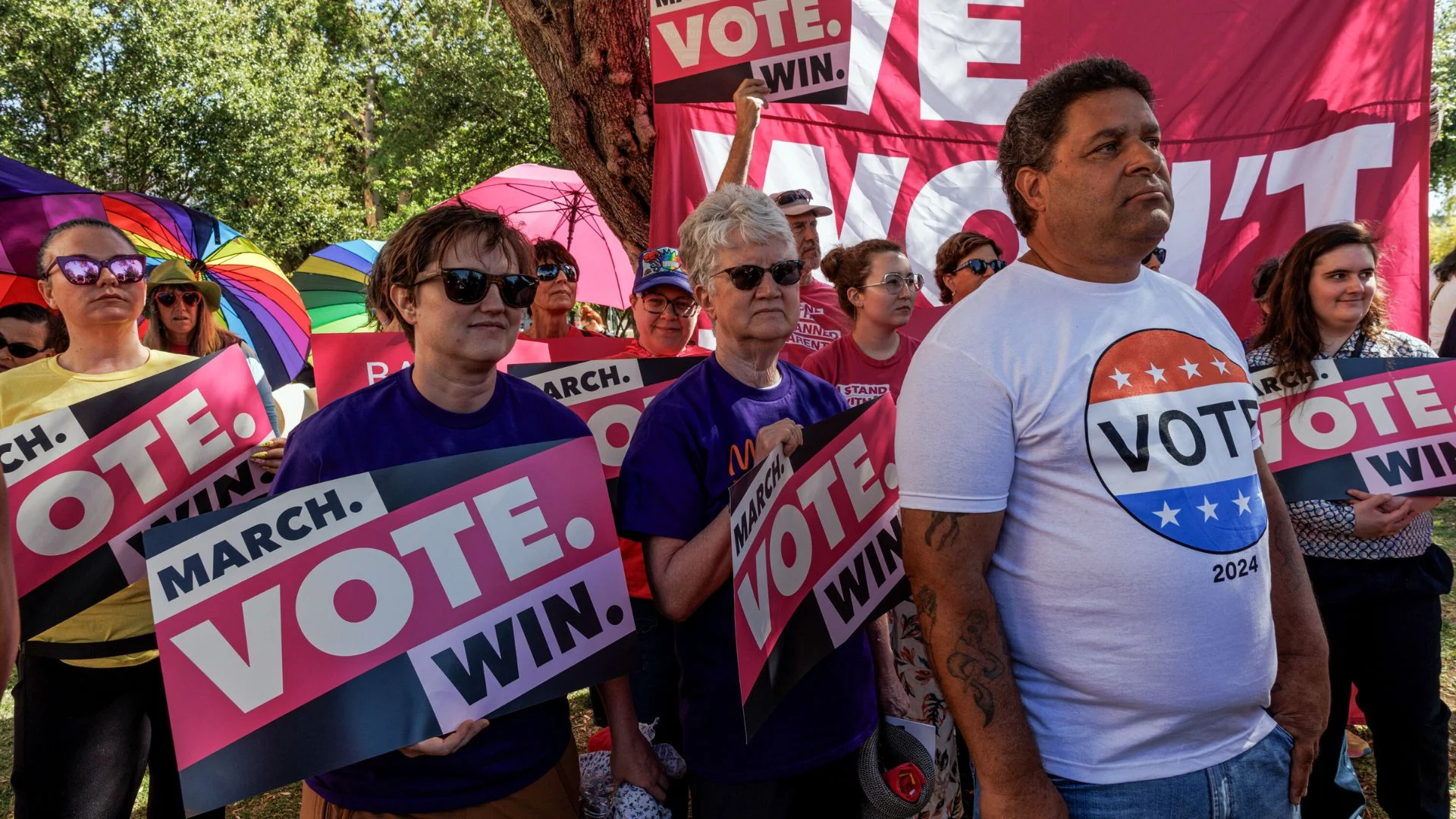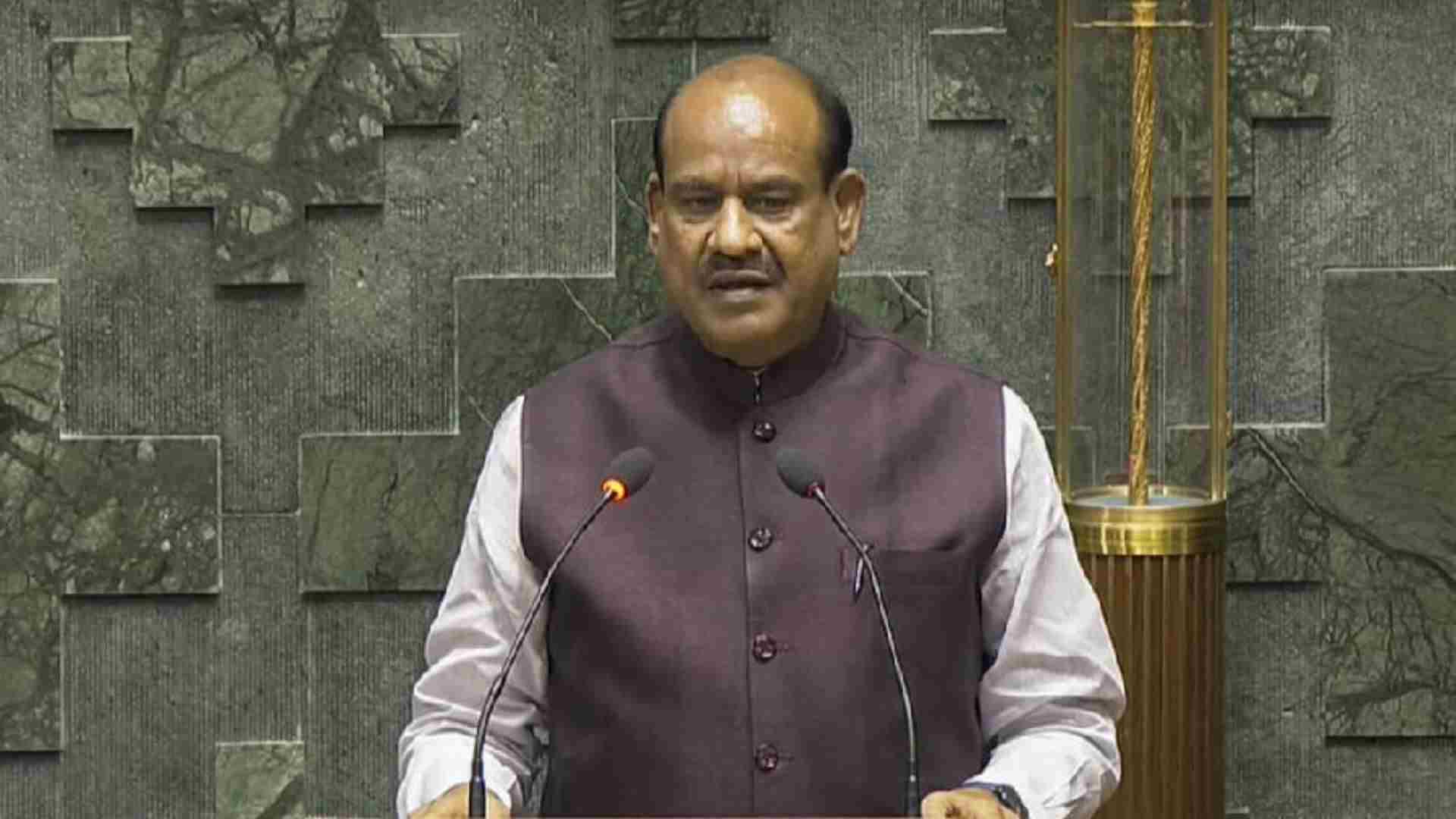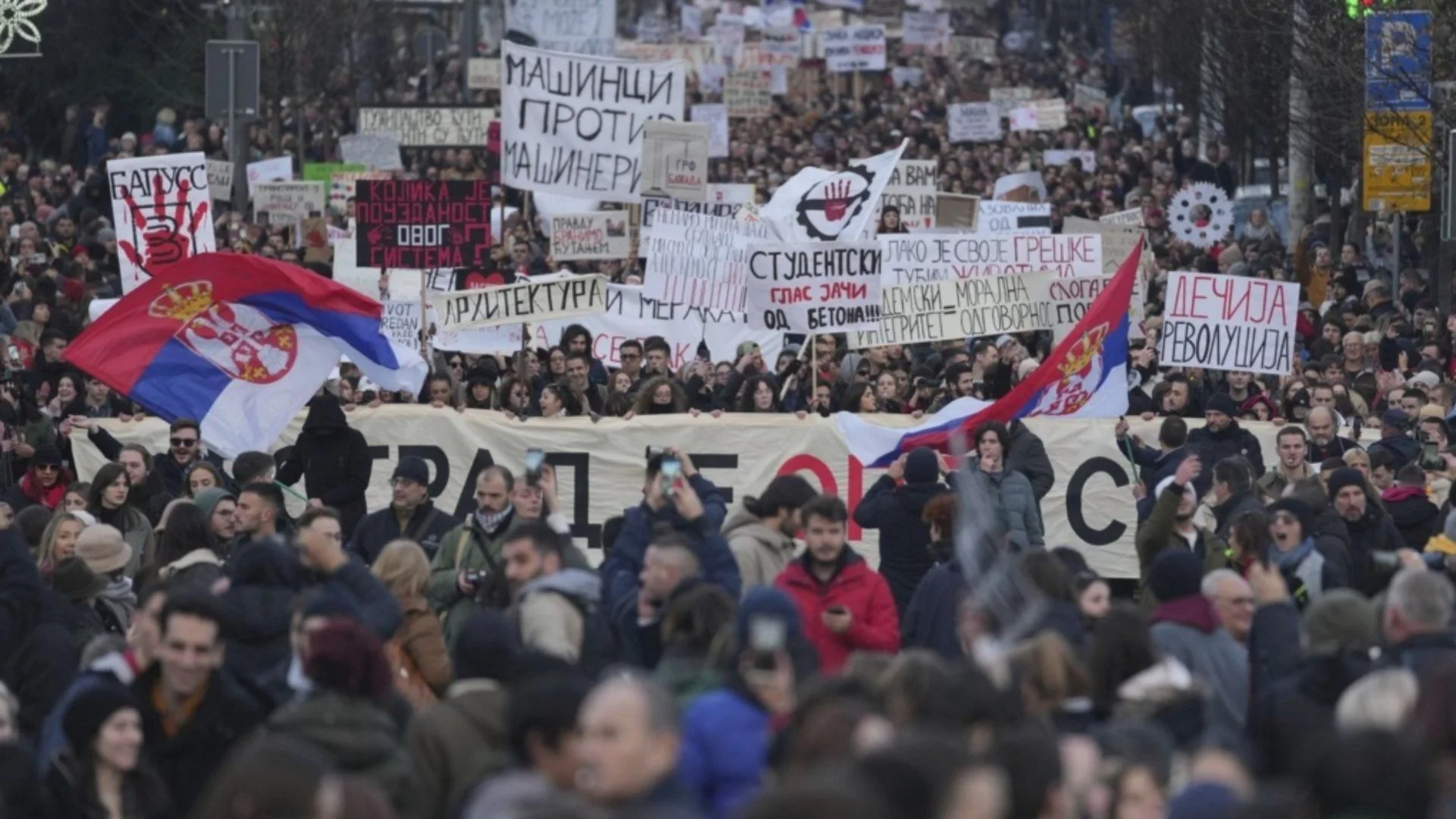As the largest county in the swing state of Arizona, Maricopa County is set to play a crucial role in determining whether Kamala Harris or Donald Trump will win the White House in the upcoming November election. Here’s what you need to know about this pivotal region.
America’s Hottest Major City
Maricopa County is home to Phoenix, Arizona’s capital, known for its scorching temperatures, which exceed 100 degrees Fahrenheit (37.7 Celsius) for four months each year. Founded in the late 19th century on the remnants of an ancient native civilization, Phoenix was originally a small settlement valued at just $550 after the US Civil War.
Irrigation transformed Phoenix from a frontier town into a hub for citrus, cattle, and cotton, and its hot, dry climate attracted tuberculosis patients. After World War II, the advent of air conditioning drew immigrants, retirees, and young families seeking warmth and affordable living, rapidly growing the population. Today, Phoenix is the fifth-largest city in the US, surpassing Philadelphia, with over 1.6 million residents.
From Republican Stronghold to Battleground
Historically, Maricopa County has been a reliable Republican stronghold, representing about 62 percent of Arizona’s population. However, the political landscape has shifted. In 2016, Donald Trump won the county by just three percentage points, compared to Mitt Romney’s 11-point margin in 2012. In 2020, President Joe Biden secured a victory in Maricopa County by more than 45,000 votes, breaking nearly eight decades of Republican dominance in Arizona.
David Berman, professor emeritus of political science at Arizona State University, notes that Trump’s right-wing policies have alienated some voters who preferred more centrist Republicans like the late Senator John McCain.
Rising Hispanic Influence
The Hispanic population in Maricopa County has grown significantly, now comprising nearly one-third of all residents. This demographic shift is part of a broader trend driven by increased immigration. Between 2010 and 2020, Arizona’s Hispanic population grew by 16 percent, outpacing the state’s overall population growth.
Efforts to mobilize the Hispanic and Native American vote, groups that traditionally lean Democratic, have intensified. Additionally, migration from traditionally liberal states like California has brought more Democratic voters to Arizona.
A Growing Independent Streak
Despite Arizona’s Republican history and recent Democratic gains, over a third of Maricopa County’s residents are not affiliated with either major party. Approximately 34 percent of active voters are registered as “other,” nearly matching the 35 percent registered as Republicans and surpassing the 28 percent registered as Democrats.
This growing independent voter base has made Maricopa County’s election outcomes increasingly unpredictable. Paul Bentz, senior vice president at the Phoenix-based public affairs firm Highground, observes that while the county remains largely Republican, swing voters tend to favor traditional Republicans over Trump’s more hardline approach.
Dominance of Early Voting
In Maricopa County, early voting is the norm, with about 80 percent of voters casting their ballots early in the 2020 and 2022 elections. This practice has deep roots in Arizona, dating back over three decades. In 1991, the state legislature allowed voters to request absentee ballots for any reason, and later introduced a program to automatically send ballots for each election.
The surge in mail-in ballots, particularly since the pandemic, has extended the vote verification and counting process, often delaying the final election results by days. In 2020, it took most US news networks more than a week to call Arizona for Biden.
As November approaches, all eyes will be on Maricopa County to see which way this pivotal battleground will swing.







